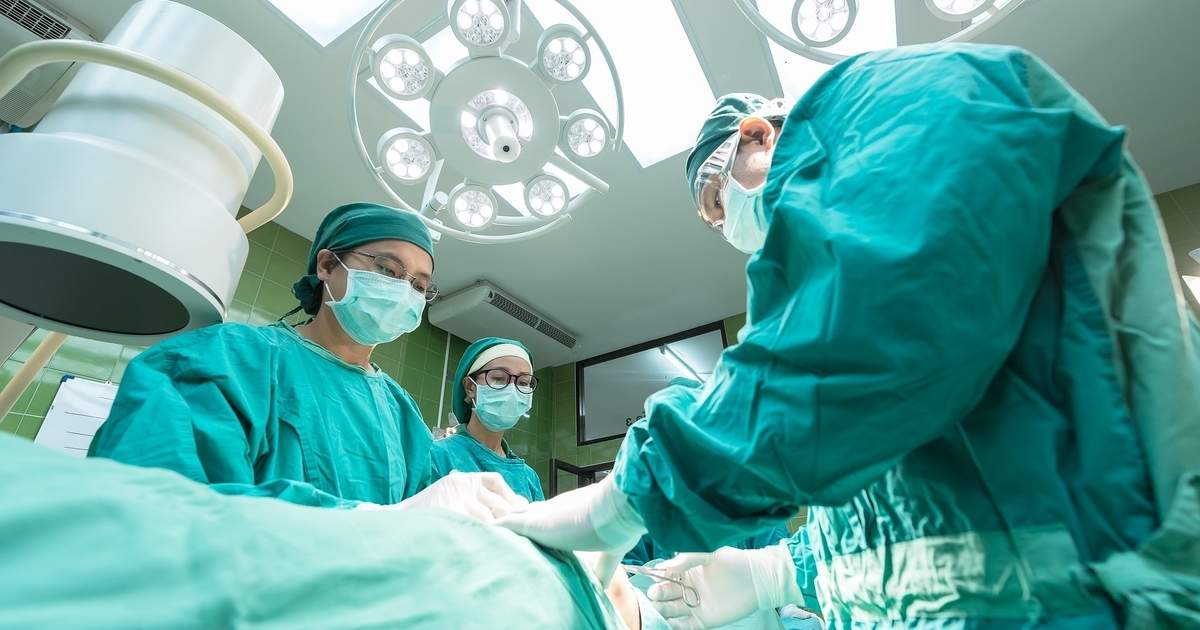Guide To Treating Interstitial Lung Disease
Pulmonary Rehabilitation

Like any kind of rehabilitation, pulmonary rehabilitation is designed to help improve the physical health and wellbeing of the lungs. This can assist in improving daily lung function and allow individuals suffering from this condition to enjoy a higher quality of life. These programs are customized to the needs of individual patients, and can include an array of techniques and services. Physical exercise is the biggest part of this treatment, and it will help improve endurance and lung function. Patients may also be taught various breathing techniques and tricks to help improve the efficiency and function of their lungs. In addition, rehab programs may offer therapy and emotional support counseling and nutritional counseling, as needed. Since there is no way to reverse the lung damage, many individuals diagnosed with this condition can benefit from emotional support groups or one-on-one counseling to discuss their diagnosis and future quality of life.
Discover the details on the next interstitial lung disease treatment options now.
Lung Transplantation

As a last resort, patients with interstitial lung disease may be recommended for a lung transplant. This is only utilized in severe cases, or when no other treatment options are effective. The severity of the scarring in the lungs, as well as other diagnosed health conditions that may be affecting lung health, will both be considered in determining if a patient is a candidate for a transplant. Patients who are not taking all other necessary healthy steps and precautions to assist in improving their condition will probably not be considered for a lung transplant simply because they are not doing everything in their power to improve their health. Children and those with life-threatening conditions that only affect the lungs are going to be most likely to benefit from lung transplantation.
Understand more options for treating interstitial lung disease now.
